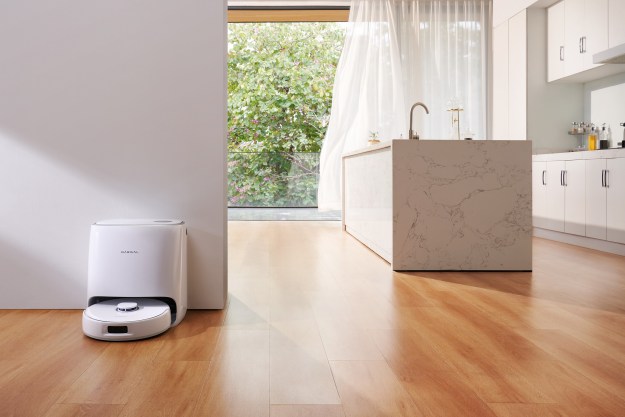
Pricing for Fairy’s service ranges from $149 per month for twice weekly cleanings that are 30 minutes each to $449 per month for a one-hour cleaning conducted daily Monday through Friday.
In a unique modification, Fairy also allows subscribers to customize their housekeeping services in terms of both cleaning products and the focus of the cleaning service. Each of Fairy’s “housekeeping partners” has access to their own cleaning products, but Fairy offers the option of using a customer’s own green or organic products instead, as well as options for more natural cleaning methods using alternative products like lemon juice or vinegar. An online personal profile also allows customers to leave personalized notes or instructions for their housekeeper.
In addition, Fairy offers a menu of six cleaning plans designed to focus on a customer’s needs. The standard choice is a standard cleaning for each room in the home, while variations offer a deeper clean to the kitchen, bathroom, living room, refrigerator, or bedroom.
The startup launched its operations in the San Francisco Bay Area and New York City in 2016 after raising $4.1 million in funding from investors from CrunchFund as well as several prominent venture capitalists like AngelList founder Naval Ravikant. The company was founded by Nitin Gupta, formerly a managing director on a Box sales team, and Aylok Kohli, who founded a startup called Fastbit that was subsequently acquired by Square.
There have been plenty of house-cleaning startups prior to Fairy (Crunchbase alone lists more than 60 current competitors) — even Amazon is getting into the game, and some employers at startups are even providing unlimited housekeeping. But Fairy’s founders are betting on an Uber-like model that ensures their housekeeping partners can see as many clients in a day as possible.
Fairy’s housekeeper recruiting page claims that housekeeping partners can make up to $900 a week plus tips, and are providing with an appointment management system based on Fairy’s proprietary Android or iPhone app. It’s worth keeping in mind that the average rent in San Francisco alone is more than $3,500 per month. Still, the founders say that by clustering customers, its housekeepers can serve more customers and squeeze in more cleanings than a traditional cleaning service. Fairy is also betting that more frequent cleanings means that housekeepers won’t have to work as hard during each visit.
Another efficiency in Fairy’s system comes from the fact that their housekeeping partners, unlike more traditional services like Merry Maids, don’t lug around vacuums, mops or brooms, using Swiffers instead of heavy cleaning cloths and only vacuuming using the owner’s device. Fairy also doesn’t standardize its services, leaving the way cleaning is done to be negotiated between homeowners and housekeepers.
Offering daily cleanings at a flat rate is definitely a departure from traditional housekeeping services, many of which charge minimum hourly rates and steep per-hour fees. It remains to be seen whether Fairy can break the mold and convince urban customers to give up the hassle of housekeeping.


